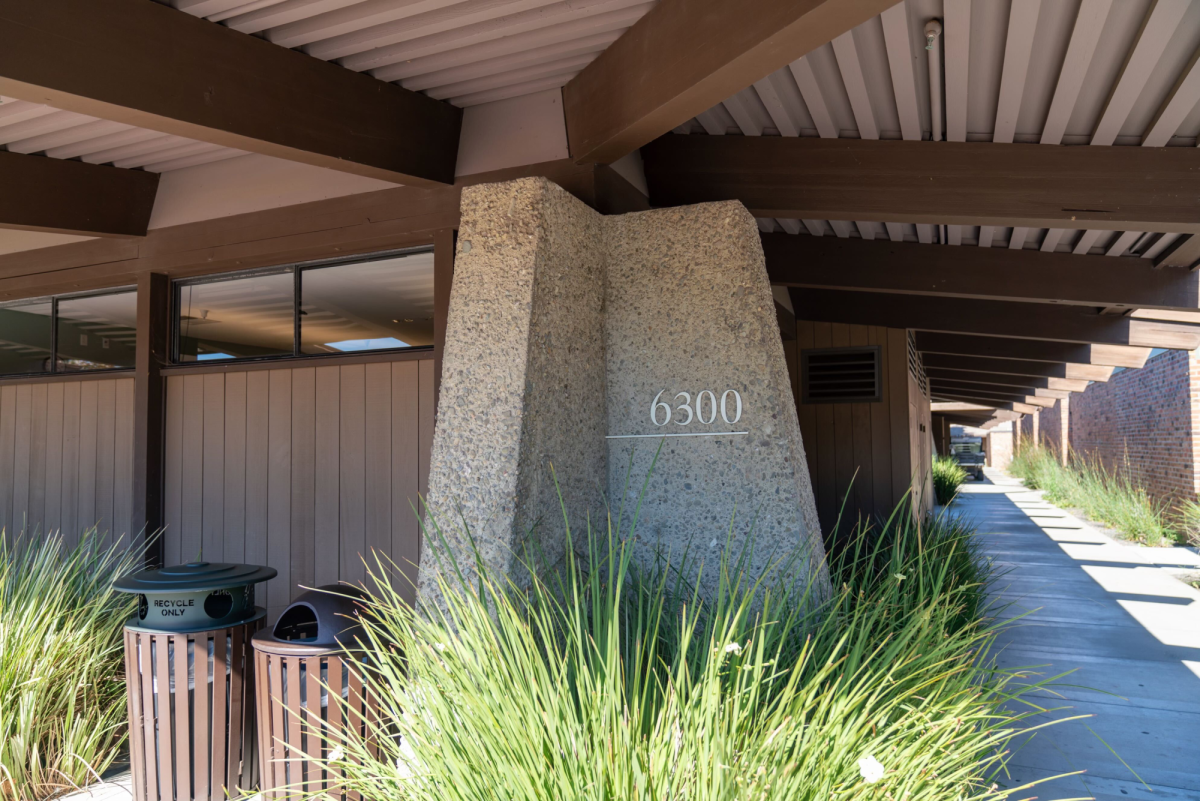Written by Grace Ding
The Palo Alto Unified School District (PAUSD) plans to resolve its current budget shortfall of $3.3 million over two years, keeping cuts as far away from the classroom as possible.
The deficit was caused by the difference between the projected and received property tax revenue growth for July. Since the growth as of June 1 was 8.62 percent and past trend data indicated that July’s numbers are usually higher than June’s, the district used a projected growth of 8.67 percent for July to create its budget. However, due to a total of $1.2 billion in tax exemptions, primarily from Stanford Hospital, the received property tax revenue growth for July was 5.34 percent.
Cause of shortfall
Superintendent Dr. Max McGee explains that the difference primarily comes from the unexpected increase in Stanford Hospital’s exemption. “The year before, there was a $1.4 billion exemption, and so we had assumed that there would not be another one of that magnitude,” he said. “But it was about $1.1 billion [this year] and I thought it would be somewhat less than that.”
PAUSD Chief Budget Officer Cathy Mak, who is in charge of revenue growth projections, uses information from the Santa Clara County Assessor’s Office, other school districts and the City of Palo Alto to help her decide on a growth number.
The reason that the exemption was inaccurately accounted for in the projection comes down to timing. “This information typically doesn’t become available until early July, but by then our budget had already been approved in June,” PAUSD Communications Coordinator Jorge Quintana said. “That’s what caused the shortfall.”
In order to prevent something similar from happening in the future, McGee plans to set up more face-to-face meetings with the Santa Clara County Assessor’s Office, which is in charge of valuing property. “We can’t just rely on monthly written reports to make projections,” he said. “Also, we have already met with Stanford representatives regarding their timing for filing for exemptions.”
However, according to PAUSD Chief Budget Officer Cathy Mak, although increased communication would help, simply knowing an exemption does not guarantee a perfect projection. “Because there are so many factors and so many details that get into the property tax projection, it’s very difficult to project precisely what that number will be for the following year,” Mak said.
Possible budget cuts and impact on students
So far, the school board has held three out of five scheduled meetings in order to discuss plans to manage the shortfall. “We will make a recommendation to the board on solutions for the current year and bring in specific proposals during the next meeting [on Sept. 13]; we anticipate the board to approve them in the second meeting of September, [Sept. 27],” Mak said.
Gunn will receive its final budget for the 2016-17 school year at the end of September, but according to McGee, there should be no noticeable effect on the schools. “We want to keep the class sizes where they are; we want to continue to have the level of support for our special education students; we are going to continue to move forward with our minority achievement and talent development work,” he said.
Quintana also emphasizes that the district is careful to avoid cuts that would strongly impact students. “All the adjustments that will be presented or have been presented to the board keep all students in mind and stay as far away as possible from programs that benefit students,” he said.
Instead, the district will be focusing on the operational aspect of its budget. “We intend to cut our operations cost for this year by about $300,000,” McGee said. “By operations, I mean nothing to do with personnel; it’s about the costs of running the system in terms of supplies, materials, utilities, but not teachers or staff members.”
Another major deadline the district meet is next April, when the budget for the 2017-18 school year will be set and more cuts will likely be made. “We’re going to have to cut back on some staffing that’s not related to teaching, so we’ll probably have to do some reassignments through the district offices and look at some more extensive operational cost savings,” McGee said.
The board will continue to discuss possible areas of budget reductions for the 2017-18 year at the Sept. 13 meeting and beyond. “We’ll have community forums to get feedback; we’ll meet with stakeholder groups like our teachers’ unions, non-teacher unions, leadership teams, PTA and PIE to get their feedback,” Mak said. “We also have two study sessions planned, and our plan is to bring a recommendation [for the next school year] to the board in February.”
Proposals to use district reserves
Currently, the district has been able to cover the shortfall from some of its own savings and bonds. At the Aug. 23 board meeting, there were several solutions proposed for this school year that would address approximately half the shortfall, leaving the rest to be addressed during the 2017-18 year.
The first proposal uses a savings of approximately $375,000. “Because our elementary enrollment growth did not come in as high as projected, we actually did not hire three elementary school teachers, so we can capture that savings,” Mak said.
Another recommendation is to use the $1.2 million in bond funds that is for replacing outdated technology equipment. According to McGee, the same thing was done during a previous budget deficit in 2008.
Effect on Gunn
Although Principal Dr. Denise Herrmann is not directly involved with managing the shortfall, she is happy that the board is employing what she calls a healthy and balanced approach. “Our district is fortunate to have really good support from our community; through Measure A and other things, our community has really invested in our schools. And so when we have budget setbacks like this, the nice thing about our school district is that it has set aside money for cash reserves for [unexpected shortfalls],” she said. “This is the time when it’s okay for some of our difference to come out of that fund balance, sort of our savings account, and some of it to come from our existing expenditures.”
Herrmann also emphasizes that the district reserves and the proposal to address the deficit over two years is a thoughtful approach that takes students into consideration. “This group of students we’re serving over the next few years shouldn’t have to take a large part of the responsibility of the burden of that shortfall; it allows us to spread it out so no isolated group of students is impacted too greatly,” she said.
Public education and community involvement
Another major priority for the district is to educate the public on the issue, and make sure to include and encourage participation from all stakeholder groups and the community. According to Quintana, the district created a webpage on its website in order to provide the public with the accurate facts and keep them up to date on how the school district is leading the community through the process of managing the shortfall.
McGee has also set up town halls and webinars, the first of which was held on Sept. 7. There will be another one in September and a few more in October. “People can attend in person or participate online,” he said. “It’s a real-time webinar, so people can send in their questions and we’ll answer them right there.” McGee hopes to hold town-hall style meetings at both Paly and Gunn as well.
Through these events, Quintana hopes that community members can contribute their voices to the discussion. “All these efforts are out there to engage everyone because it’s important to the school district that the community, including students, are part of this process,” he said.
McGee also assure the community that the district will be thoughtful, deliberative, and inclusive in their approach. “[Students] should be assured that we’re not going to impact teaching or learning and that they’re welcome to participate as we plan to make our budget assignments,” he said. “If they have ideas for how we can save some money over the next few years, we’d love to hear it.”
Positives and best-case scenarios
Ultimately, McGee recognizes this challenge as an opportunity for the district to learn and improve. “I’ve already met with a consultant who gave me some leads on how to do some restructuring on some of our processes so we’ll be both more efficient and more effective,” he said.
Herrmann also sees this budget shortfall as a way to identify the most important resources and programs and making cuts in areas that might not be as impactful. “Challenging times force innovation and force you to let go of practices and things that although maybe are not beneficial, would’ve continued without question had you had enough resources,” Herrmann said. “Ideally the small cuts we might have to make are things that in the future would’ve been good decisions anyhow.”
Correction: The printed version of this story falsely states that the current shortfall is $3.3 billion instead of $3.3 million. We apologize for the error.










